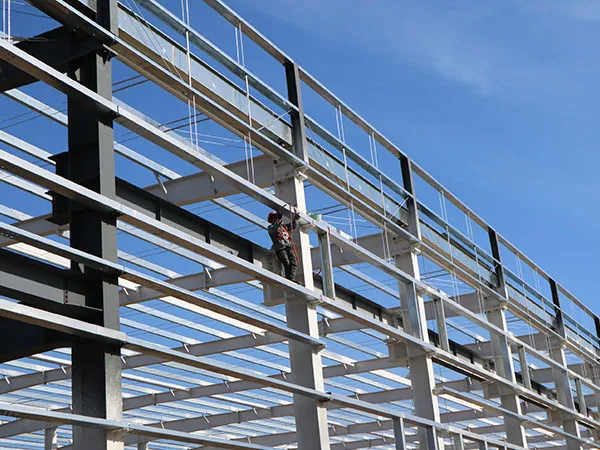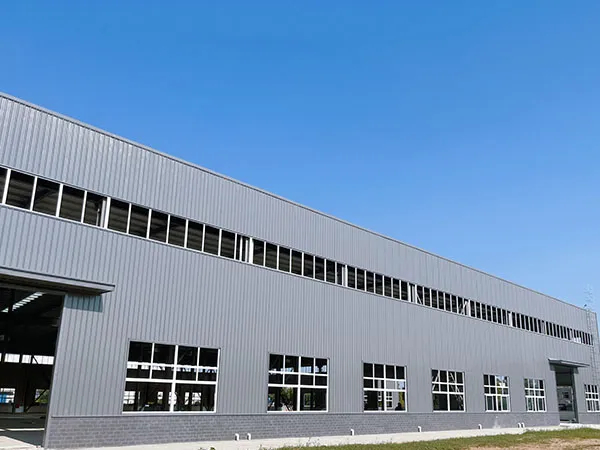Choosing a quality industrial steel structure is a significant investment that requires careful consideration. A poorly constructed structure can lead to safety issues, costly repairs, and operational inefficiencies.
Industrial Steel Structure Choose

1. Design and Engineering Expertise
Experienced Design Team: Ensure the supplier has a qualified and experienced team of structural engineers and draftsmen. They should be proficient in steel structure design, including load calculations, connection design, and compliance with relevant building codes (p.ej., AISC, EN, local regulations).
Site-Specific Design: The design must be tailored to your specific site conditions, including soil type, wind loads, snow loads, seismic activity, and environmental factors. A thorough site survey and geotechnical investigation are crucial.
3D Modeling and BIM: Look for suppliers that use 3D modeling and Building Information Modeling (BIM) to visualize the structure, identify potential clashes, and optimize the design for constructability and efficiency. This allows for better communication and collaboration throughout the project.
Code Compliance: Verify that the design adheres to all applicable building codes, standards, and regulations. Documentation proving code compliance should be readily available.
Future Expansion: Consider your future needs and design the structure with potential expansion in mind. This may involve reinforcing certain areas or providing provisions for future connections.
Performance Requirements: Clearly define the performance requirements for the structure, such as load-bearing capacity, resistance to specific environmental factors (corrosión, fire, etc.), and operational needs (cranes, transportadores, etc.).
2. Material Quality and Traceability
Steel Grade: Specify the appropriate steel grade based on the design requirements and intended use. Common grades include A36, A572, and high-strength steel. Ask for material certificates (mill certificates) to verify the chemical composition and mechanical properties.
Surface Treatment: Proper surface treatment is essential for corrosion protection. Consider options such as galvanizing, painting, or powder coating, depending on the environment. Ensure the chosen treatment is applied according to industry standards.
Thickness and Dimensions: Verify that the steel members have the correct thickness and dimensions as specified in the design drawings. Conduct random spot checks during fabrication and erection.
Traceability: The supplier should have a system in place for tracking the origin and properties of the steel materials used in the structure. This ensures quality control and accountability.
Welding Consumables: Use appropriate welding consumables that are compatible with the steel grade and meet relevant welding standards.

3. Fabrication Quality and Control
Certified Fabricator: Choose a steel fabricator that is certified by a reputable organization (p.ej., AISC, CWB). Certification demonstrates that the fabricator has the necessary quality control procedures, equipo, and trained personnel to produce high-quality steel components.
Welding Quality: Welding is a critical aspect of steel structure fabrication. Ensure that the fabricator employs certified welders and uses appropriate welding techniques. Non-destructive testing (NDT) methods, such as ultrasonic testing (UT) or radiographic testing (RT), should be used to verify the quality of welds.
…
For more detailed information on how to choose high-quality industrial steel structures, por favor haga clic aquí: https://www.meichensteel.com/a/news/industrial-steel-structure-choose.html

